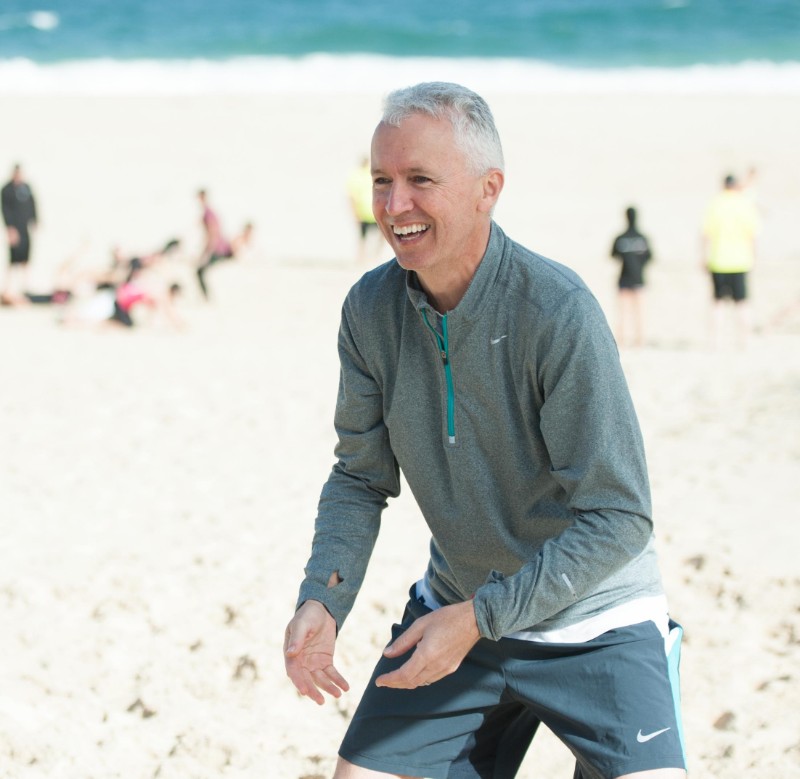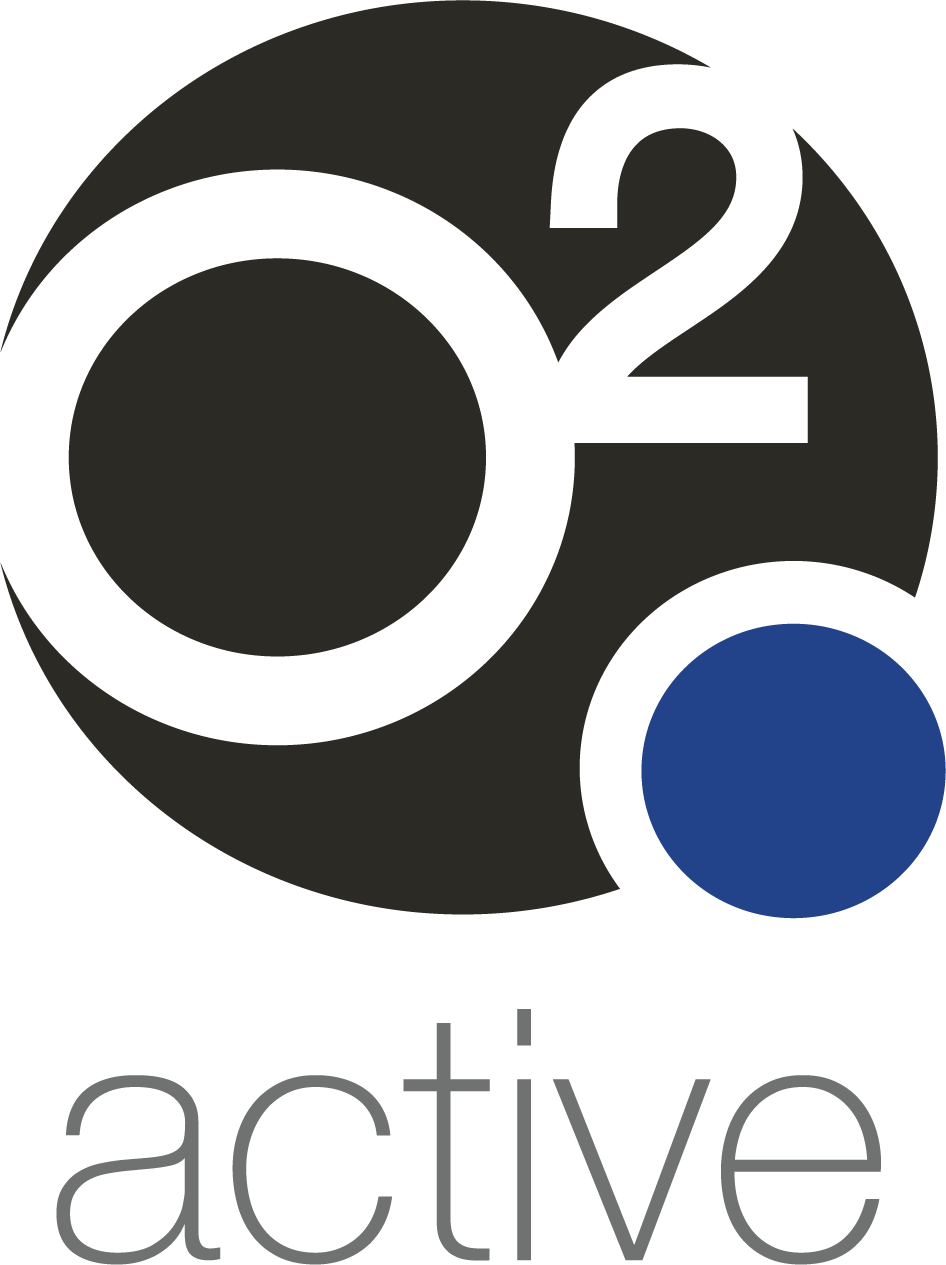 Article by Jessica Darmago
Article by Jessica Darmago
Most of us are aware of the benefits of regular exercise, which include: decreased risk of obesity, type 2 diabetes, improved mood, increased energy…just to name a few! But did you know that exercise can assist in both the prevention and management of osteoporosis?
Currently 66% of Australians over the age of 50 suffer from low bone mass1. This has led to over 400 osteoporotic fractures per day in Australia, and this figure is predicted to continue increasing1. So why is osteoporosis affecting so many Australian’s? What can we do about it? First, we need to discuss what osteoporosis is…
Osteoporosis is a skeletal disorder characterised by decreased bone strength, which predisposes individuals to an increased risk of fractures2
Bones are a dynamic tissue that adapts to the loads placed on them. They require constant physical stimulus to keep them strong. In other words: If you don’t use it, you’ll lose it. This poses a risk especially for individuals with jobs that require long hours of inactivity such as desk workers, who are seated and stationary for most of the day. Bone mineral density naturally decreases after the age of 30 and this continues as you age. Lucky for us, research has shown that exercise is effective at slowing down this decline in bone loss!3
Exercise as Medicine?
By increasing of peak bone mass by 10% in young adulthood, the development of osteoporosis can be delayed by approximately 13 years and can reduce the lifetime risk of fracture by 50%4.For older adults, exercise has been shown to reduce the risk of falls in by up to 34%5.
What can you do?
Not all exercise is equal in its bone building and strengthening ability for osteoporosis. Exercise recommendations include:
- Moderate to high impact weight bearing exercise3– jogging, jumping, hopping
- Progressive resistance training3– targeting large muscle groups, twice a week
- Balance Training3– both static and dynamic exercises
Try to set aside 30 minutes each day for physical activity. This can be hard especially with our busy schedules, but it doesn’t have to be all at once. Break it up into manageable small 5 or 10-minute blocks throughout the day. You can also see one of our exercise physiologists that can assist in the prevention or management osteoporosis and take you through specific, targeted and the up to date evidence-based exercises to assist you, even better that health rebates may apply.
No matter what age you are, it’s never too early or late to start exercising and making positive changes. Your health and your bones will thank you for it!
References:
- Watts, J., Abimanyi-Ochom, J., Sanders, K. (2013). Osteoporosis Costing All Australians. A New Burden of Disease Analysis – 2012 to 2022.
- Osteoporosis Prevention D, and Therapy. NIH Consensus Statement Online, 2000.
- Beck, B., Daly, R., Singh, M. and Taaffe, D. (2017). Exercise and Sports Science Australia (ESSA) position statement on exercise prescription for the prevention and management of osteoporosis. Journal of Science and Medicine in Sport, 20(5), pp.438-445.
- Hernandez, C., Beaupre, G., Carter, D. (2013). A theoretical analysis of the relative influences of peak BMD, age-related bone loss and menopause on the development of osteoporosis. Osteoporos Int, 14(10), pp.843–847.
- Tiedemann, A., Sherrington, C., Close, J. and Lord, S. (2011). Exercise and Sports Science Australia Position Statement on exercise and falls prevention in older people. Journal of Science and Medicine in Sport, 14(6), pp.489-495.
